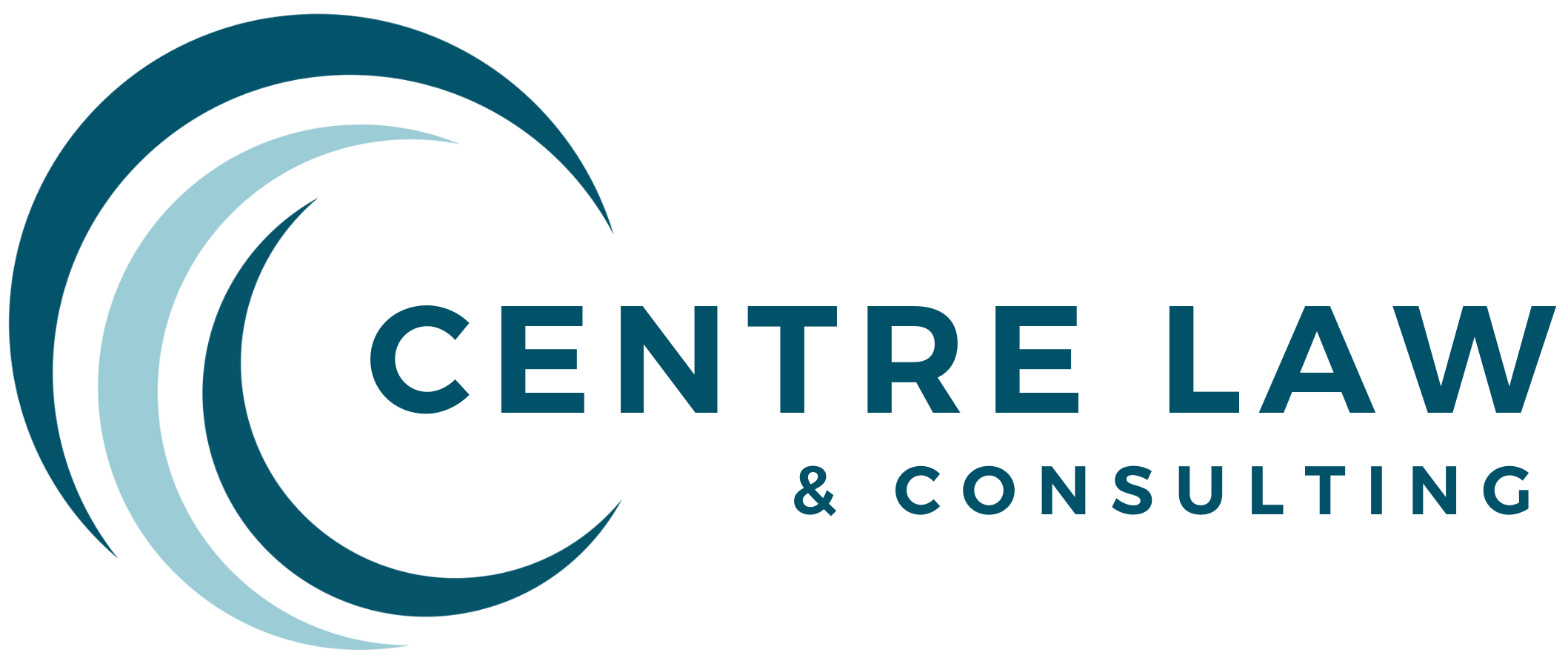When DeepSeek-V2, China’s latest open-weight AI model, was unveiled in early 2025, it immediately drew global attention. The model’s capabilities rival OpenAI’s most advanced systems, raising a critical question: How did China achieve such rapid AI progress despite stringent U.S. export controls?For years, the U.S. government has restricted exports of advanced AI chips—such as Nvidia’s A100, H100, and H200 models—to China, aiming to limit Beijing’s ability to develop military and surveillance AI. However, DeepSeek-V2’s breakthrough suggests one of two possibilities: Either China has found ways to covertly acquire restricted AI chips, or it has successfully developed a domestic alternative that undermines U.S. efforts to maintain a technological edge.
China’s semiconductor industry remains behind the U.S. in producing cutting-edge AI chips. Semiconductor Manufacturing International Corporation (“SMIC”) continues to struggle with 5nm and 3nm process nodes, which are critical for high-performance AI computing. However, Huawei’s 2023 launch of the Kirin 9000S chip—believed to use domestically modified 7nm technology—demonstrates China’s ability to circumvent U.S. sanctions and advance its semiconductor capabilities. If DeepSeek-V2 was trained on restricted U.S. chips, it signals a failure in export enforcement. If it was trained on domestically produced chips, it suggests China’s AI hardware development is advancing at an alarming rate, potentially outpacing U.S. restrictions.
How AI Chips End Up in China: A Pattern of Smuggling Cases
Despite its technological lag, China aggressively pursues alternative means to acquire AI hardware. U.S. law enforcement agencies have uncovered multiple smuggling operations aimed at circumventing semiconductor export restrictions.
#1. Falsified End-User Certificates (“EUCs”)
A common tactic in export diversion is the use of shell companies to obscure the true recipient of restricted technology. The Bureau of Industry and Security (“BIS”) has identified multiple firms in Singapore, Malysia, Indonesia, and Hong Kong engaging in such practices. In a recent plea agreement, Lin Chen, a Chinese national, admitted to illegally exporting semiconductor equipment to a blacklisted Chinese company by falsifying EUCs. The equipment was ultimately diverted to Chengdu GaStone Technology Company (“CGTC”), a designated entity on the U.S. Entity List. https://www.justice.gov/usao-ndca/pr/chinese-national-pleads-guilty-illegally-exporting-semiconductor-manufacturing-machine?utm
#2. Transshipment and Fraudulent End-User Diversion: Hong Kong, Malaysia, and Singapore
In addition to falsified EUCs, willful diverters frequently exploit transshipment hubs in jurisdictions with less than rigid enforcement or strategic trade relationships. One particularly notable case illustrating the use of transshipment locations is In re Corezing International PTE Ltd., where Corezing, a company operating in Singapore and Hong Kong, orchestrated the illegal export of 6,000 radio frequency modules from the United States to Iran. These components were later discovered in remote detonators of improvised explosive devices (IEDs) used in Iraq. See In re Corezing Int’l PTE Ltd., 74 Fed. Reg. 9,117 (Bureau of Indus. & Sec. Mar. 2, 2009).
This case exemplifies how transshipment networks, often masked by layers of shell companies and fraudulent documentation, facilitate the diversion of sensitive technology to restricted entities and individuals. Recent BIS enforcement actions continue to expose how these networks obscure true end users, with investigations revealing increasingly sophisticated supply chain intermediaries designed to skillfully evade U.S. export controls. Some of these schemes are so skillful, it seems national actors are likely at play.
For Clients: Know Your Customer and Watch for Red Flags
For companies exporting semiconductor components or AI-related hardware, maintaining a robust Know Your Customer (“KYC”) program is critical. Under U.S. export control laws, suppliers must verify buyers to ensure restricted items are not diverted. See 15 C.F.R. § 744.1 (2024). The best compliance strategy is not only to vet direct customers but also to understand their customers’ customers. Willful blindness will not be tolerated by U.S. regulatory and law enforcement authorities.
Businesses must remain alert to red flags that indicate illicit procurement schemes. One key warning sign is a sudden surge in large-volume purchases by entities with no prior history of acquiring such technology or products. Orders that exceed typical market demand, particularly from intermediaries in high-risk jurisdictions such as Hong Kong, Singapore, or the UAE, warrant heightened scrutiny. See Bureau of Industry and Security, Red Flag Indicators for Export Control Compliance (2024).
Equally important is assessing whether the purchaser has the necessary infrastructure for the chip utilization. A company with no known AI research or computing capabilities seeking to acquire restricted chips in significant quantities should be a red flag.
Implications for U.S. National Security and AI Competition
As U.S. authorities work to identify illicit procurement networks, the larger question remains: Are DeepSeek and other Chinese AI firms benefiting from an undiscovered smuggling network, or have U.S. authorities been quietly tracking these operations all along? Perhaps there are cases to be unsealed in the near term. The DOJ and BIS have intensified scrutiny of semiconductor exports, but as enforcement agencies engage in a constant battle with increasingly sophisticated smuggling networks, the long-term effectiveness of these controls remains uncertain.




